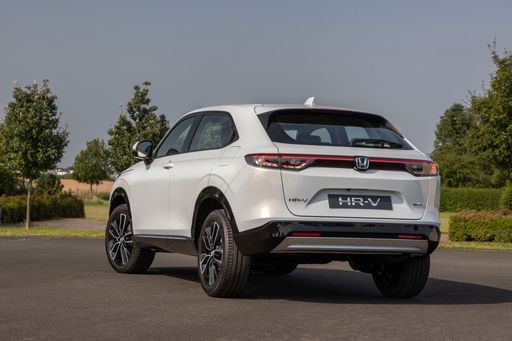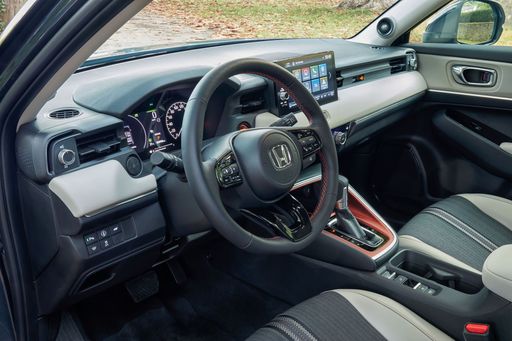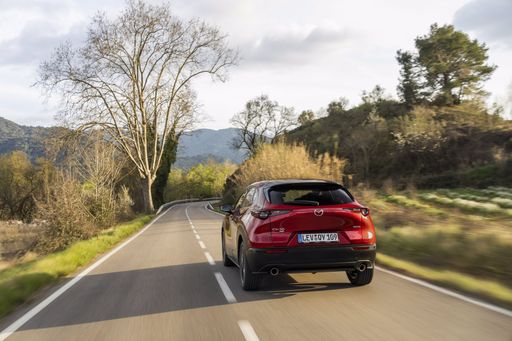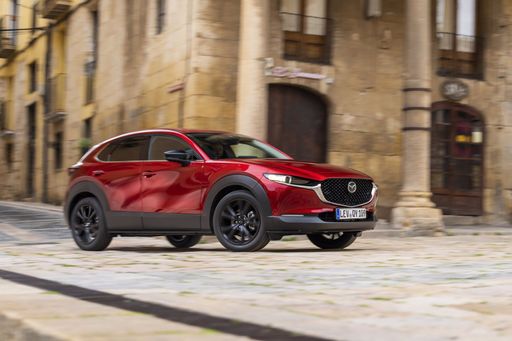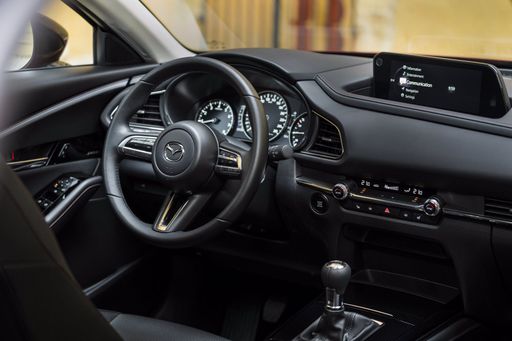Honda HR-V vs. Mazda CX-30: An In-Depth Comparison
In the fiercely competitive compact SUV market, the Honda HR-V and Mazda CX-30 stand out for their unique characteristics and innovations. Both vehicles appeal to consumers looking for efficiency, style, and versatility. This article will delve into their technical specifications, features, and innovations to help potential buyers make an informed choice.



